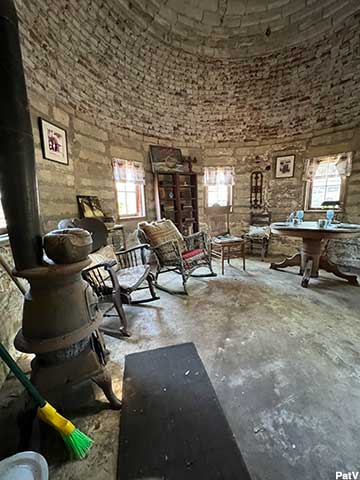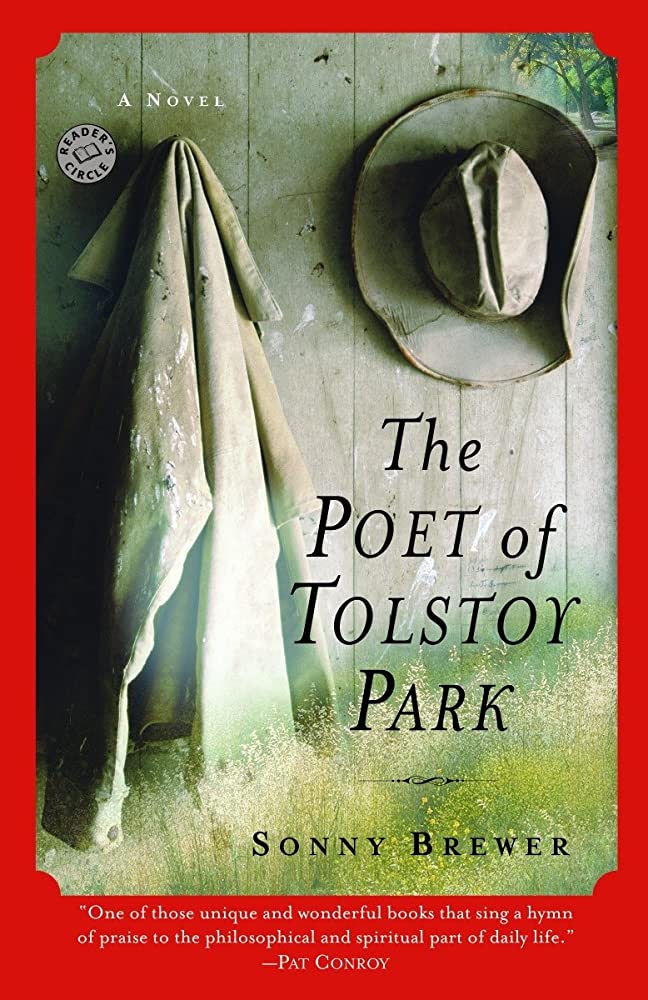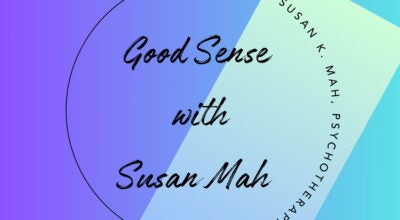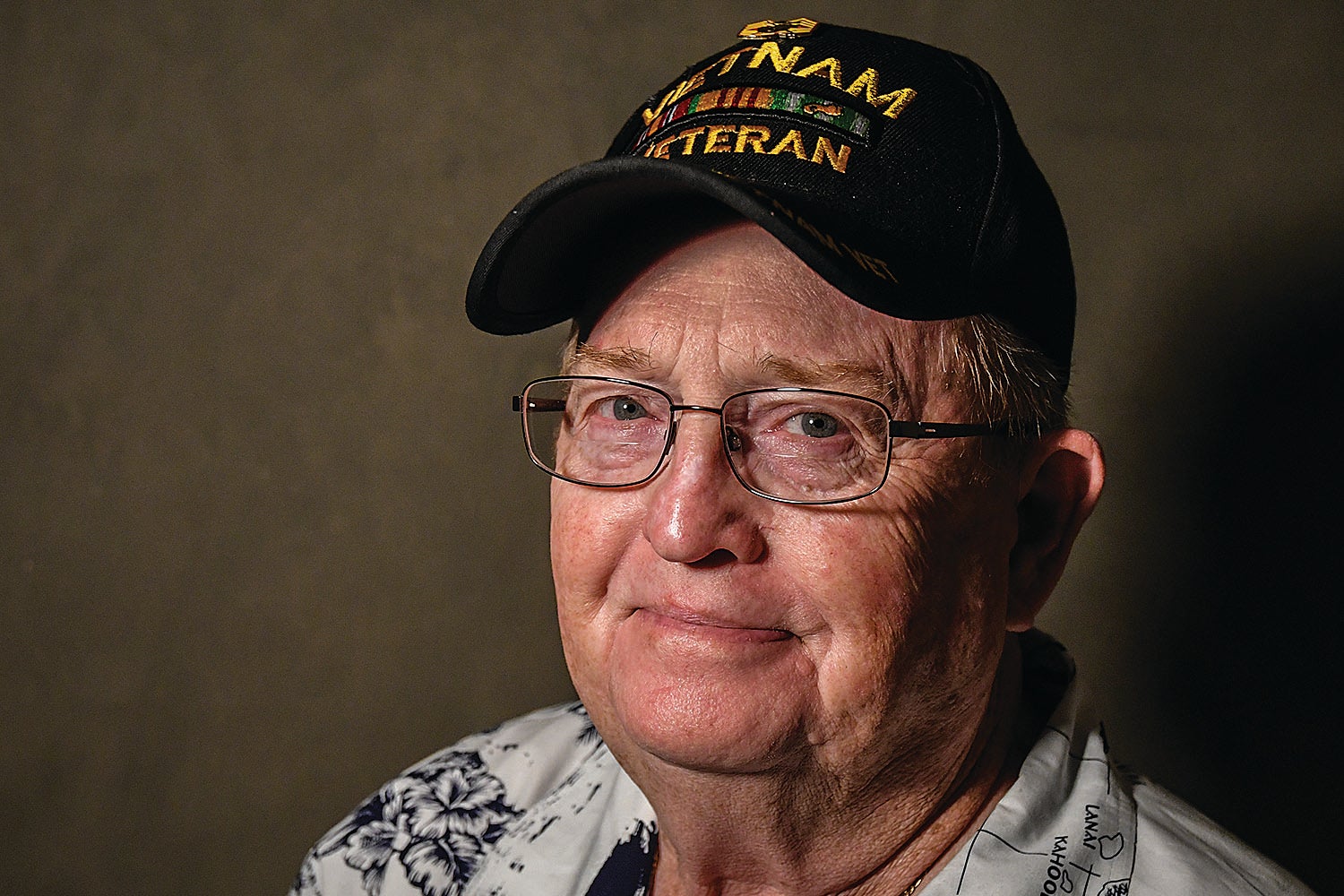Keep it simple
Published 11:55 am Monday, June 5, 2023
By Susan Mah
“Keep it simple” is what my dad used to say and is essentially a theme in the novel “The Poet of Tolstoy Park” by Sonny Brewer, based upon the true story of Henry Stuart.
The book begins with a widower, Henry, who lives in Idaho during the 1920s and learns from his doctor he is dying from a terminal case of non-infectious tuberculosis. Henry is advised to move to a warmer climate for the final chapter of his life and thus leaves behind his best friend and sons to move to Fairhope, Ala.
Before his move out of state, Henry seems to exist within a very small circle of folks. He is rather guarded and not close with either of his sons, particularly Harvey.
After a long train ride to the South, in which Henry gives away his only pair of shoes to be more connected with the Earth, he meets a young woman named Kate. Since the death of his wife, Kate is the only woman he’s interacted with who seems to stir something inside of him, yet they both are keenly aware of their age difference and respect this boundary.
Once in Fairhope, shoeless Henry becomes even more guarded and isolated on his 10-acre parcel of land, which he names Tolstoy Park after Russian author, Leo Tolstoy, one of his muses. While sleeping in his barn-home one night during a hurricane and getting injured in the storm, Henry soon realizes he needs a more solid structure in which to live. Consequently, despite being extremely ill, he goes about building a yurt out of self-made cement bricks and refuses any assistance whatsoever from his neighbors and would-be friends, including Kate.
In response, the folks of Fairhope are confused and, at times, insulted by Henry’s resistance to be embraced by the community. It seems that Henry’s desire to be the sole builder of his cement home in total isolation from others is an attempt to control something in his 11th hour of life, wherein he has no power to stop his own untimely death.
In the months in which he builds the structure, though at a distance from other people, Henry becomes closer to nature and to God, and it is likely these relationships ultimately save him.
There is a wise saying often shared in 12-step meetings, “Let go and let God.” Henry’s solo transformative experience in the woods is compared to Jesus’ time in the desert, and in this lonely process, Henry is reborn.
After he survives yet another hurricane, this time outside with no shelter, his illness goes into remission and Henry does not die as predicted. In the many years that follow in Alabama, he eventually lets his guard down, forms family-like ties with Kate, teaches weaving to children, and embraces the folks of Fairhope, who weave him into their community just like he weaves his rugs.
Keep it simple: community, nature, God, art. These are the things that make life worth living.







